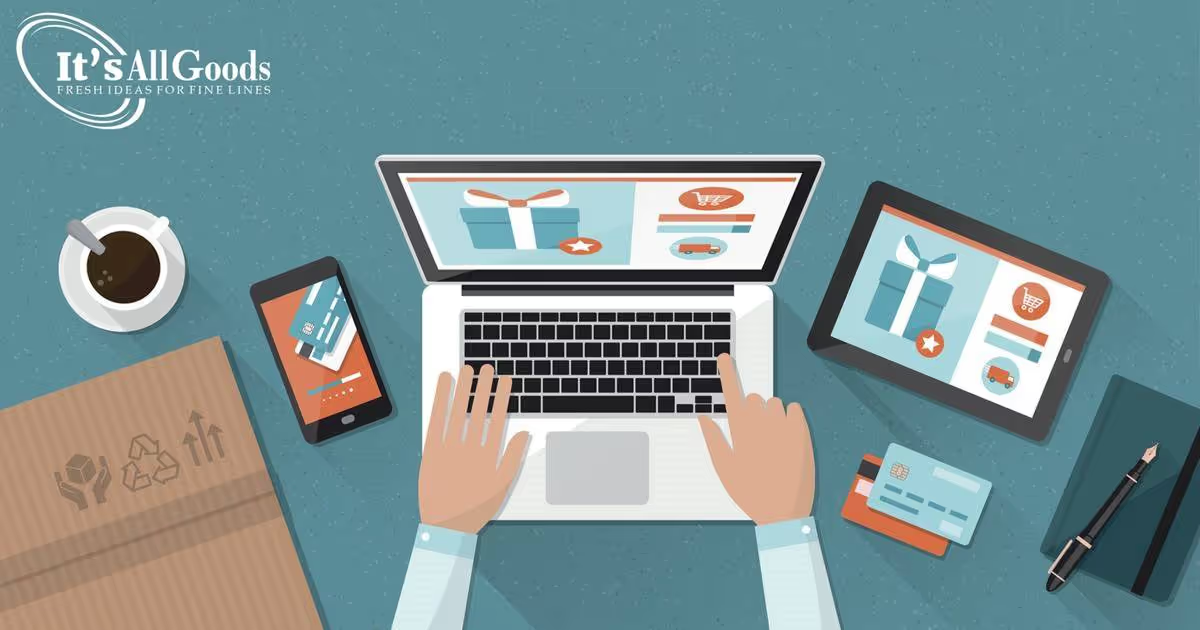

n today’s world, consumers are accustomed to having access to products and services at their fingertips. Conveniences such as same-day delivery from Amazon and ticketless air travel are commonplace and have shifted customer expectations.
Even before the pandemic, consumers were beginning to demand things like mobile ordering, delivery, and contactless checkout. The pandemic has accelerated that demand forcing other retail outlets to embrace technology to enhance their customer experience. This has left convenience stores fighting with regular retailers for market share. The one thing that c-stores had to their advantage - convenience - no longer sets them apart.
C-stores are now more vulnerable than ever. This is forcing companies to rethink the way they draw customers to their c-stores. One area of focus has been embracing technology related to order delivery and checkout.
While the effects of the pandemic accelerated the change in how c-stores interact with consumers, this trend has been coming for a long time. There are two main factors that are driving how c-stores approach order delivery and checkout customer convenience and advances in technology.

Consumers have busy lives and look to purchase products from brands that can save them the most time. In a survey by the National Association of Convenience Stores (NACS), 75 percent of consumers indicated that they enjoy the time savings that comes from self-service and mobile ordering.
From a technology standpoint, 63 percent of customers are more likely to shop at a c-store if they have embraced digital offerings such as mobile apps, self-service kiosks, and BOPIS (buy online, pick up in store). Just about the same number of consumers (59 percent), will actively avoid a store that fails to provide automated technology. When looking at the generational trends, Millennials and Gen Z consumers are most likely to embrace this sentiment.
There are more and more contactless ordering solutions available now than ever with the rise of in-app payments, tap-to-pay, and smartphone apps. With consumer perceptions changing, it’s important for c-store operators to understand what technology is currently available and what their competitors are doing.
“Finding new ways to use frictionless technology is the biggest thing our industry has coming in the next year” - Chris Hartman, Director of Fuels, Forecourt, and Advertising, Rutter’s Convenience Stores
While there are lots of benefits that come with this new way of operating, there are some challenges and issues that c-store operators need to consider.
Its extremely difficult to predict the future, especially in terms of technology. New applications or technology could shift customer engagement and interaction in ways we never imagined. However, there are some trends that most experts believe will come to fruition.
The demand for order delivery is expected to continue to increase. In 2018, the industry was valued at $10.2 billion. The pandemic has rapidly accelerated this service and shows no signs of slowing down any time soon.
Self-checkout and self-service kiosks are just the beginning. Amazon is currently testing it’s Just Walk Out program that allows customers to simply grab what they need and exit the store without the needing to check out or interact with a cashier.
It’s also highly likely that AI (artificial intelligence) will play a role in shaping what the future c-store looks like. In the future, businesses could utilize AI systems that will be able to fulfill orders seamlessly based on customers shopping list. The customer might need to simply pull up to the c-store to retrieve their order.
C-stores that sell fuel will probably need to make the biggest adjustment as the demand for gasoline is expected to decline as cars are replaced with electric models. Each business will have its own challenges. Ultimately, the ability to adapt will be the biggest factor in whether c-store businesses can successfully navigate the emerging technology trends that are coming in order fulfillment and checkout.